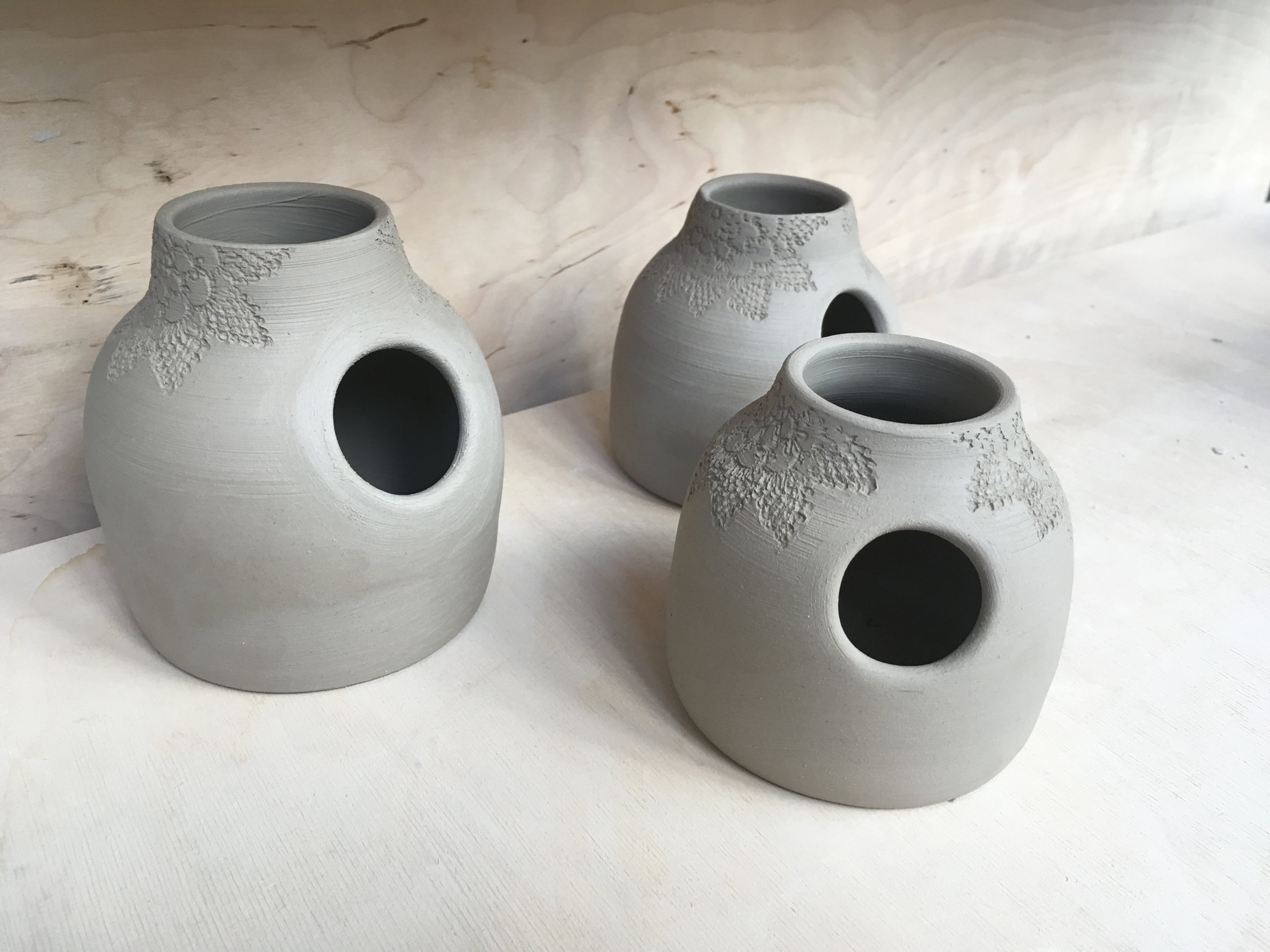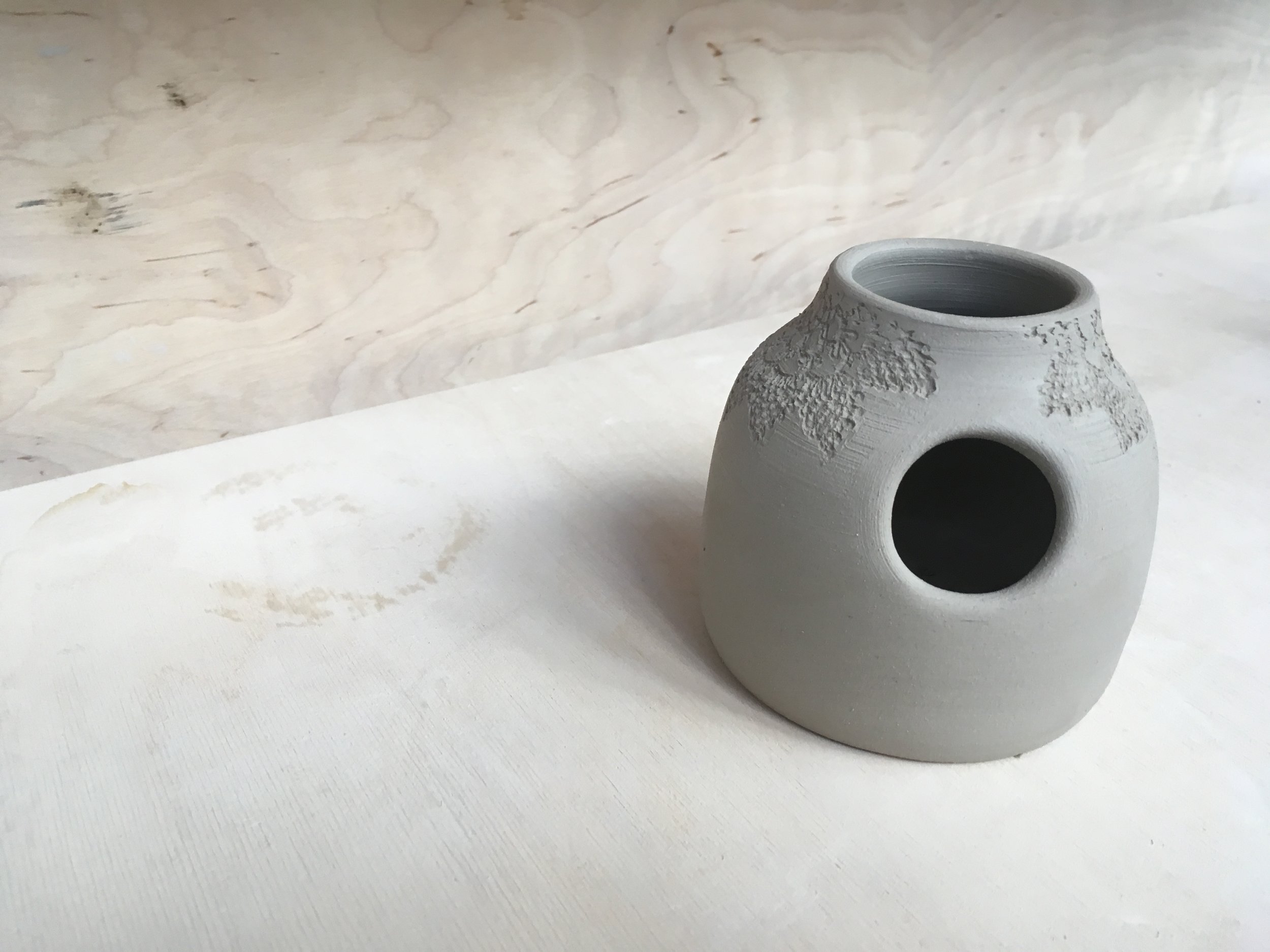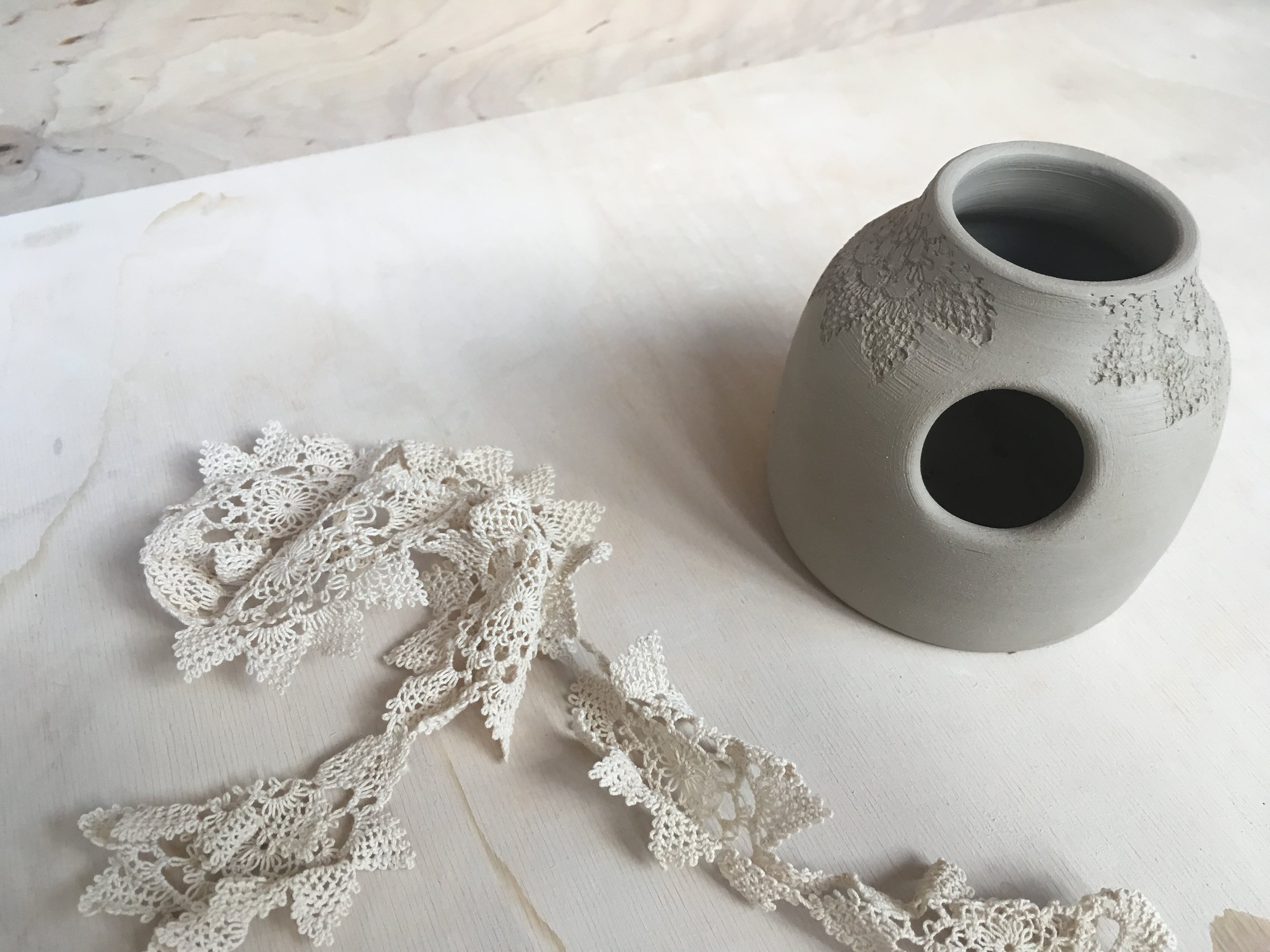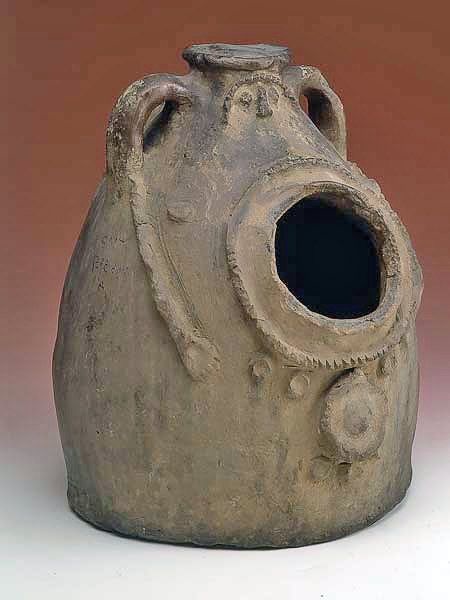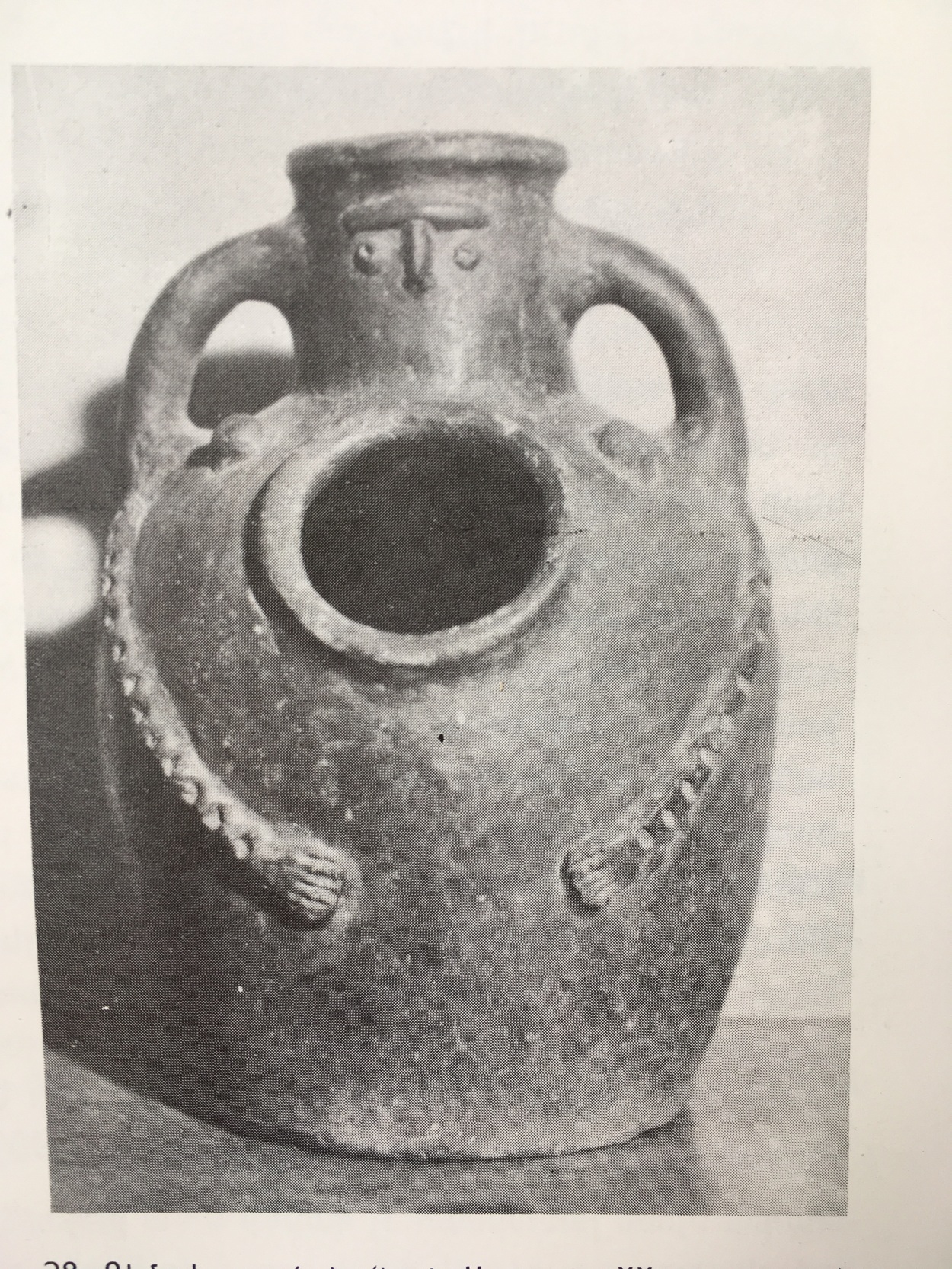#myclaydiaries - Armenian Salt Cellers
I love travelling and pottery and I am now lucky enough to be able to combine them both. Although my first 'clay adventures' were back in November 2016, when I was in Tuscany (Italy) and in April 2017, when I went to Oaxaca (Mexico), I was only using #myclaydiaries randomly on Instagram.
But, since another thing I really enjoy is writing and there is so much to say about all these places I am visiting, I thought of starting a proper diary for all my adventures.
I hope you enjoy it, learn and see your passion for ceramics grow.
ARMENIA (April 2018)
Salt Cellers
Historically, Armenian potters - like in many other countries - were women. And their hand-made thick-walled pots are perfectly suited for cooking Armenian traditional dishes.
One of the most important pots in any Armenian house is the salt-cellar. This hand-built pot imitating the shape of a pregnant woman's body also is a sign of fertility. Such a beautiful metaphor to keep salt ready to be used in a woman's womb!
I really liked the salt-cellars when I first saw them, but I though that they were a bit too big for today's kitchen sizes and also in a society where lots of people are trying to cut down on their salt consumption for health reasons.
So I decided to make my own wheel-thrown interpretation of their salt-cellars using needlework to decorate them. A much smaller version, that under my view is more user-friendly.
I have named them Anahid salt-cellars after the goddess Anahid, the daughter of Aramazd - the main Armenian god before Christianity was adopted* - and the most beloved deity of the Armenians.
Anahid is the golden-mother of agriculture, reproduction, abundance and motherhood. So I thought that there was no better name for my salt-cellars, which now definitely are an ode to womanhood.
'Through her, Armenian land exists; from her, it draws it life. She is the glory of our nation and its protector' (Historian Agatahngelos)
* Did you know that Armenia was the first country in the world to adopt Christianity as a state religion in 301 a.d.? Christianity, though, was introduced into Armenia much earlier, during the first century (60-68 a.d.)


